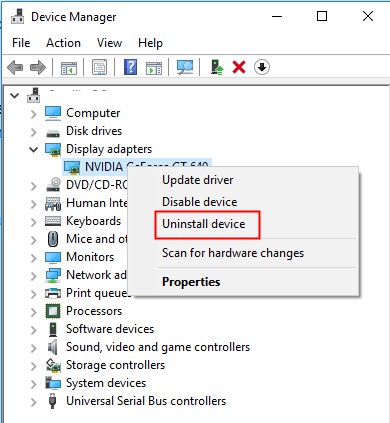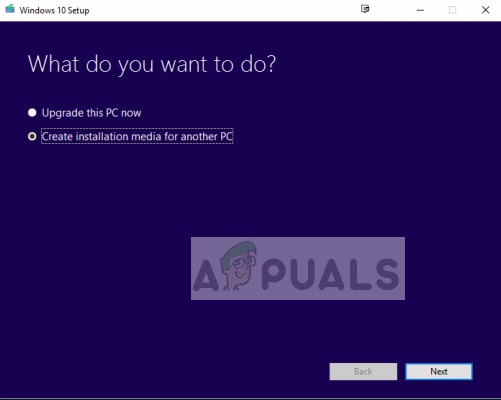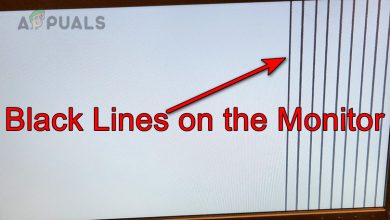How to Fix Display not Compatible with Windows 10
Users experience the error message ‘Display Not Compatible’ in Windows 10 in two different scenarios; either when they are installing a fresh copy of the operating system in their computer using a bootable drive or when they are installing it using the in-built Windows 10 updating tool.

The main causes which came forward were issues with third party display drivers, remote access software display drivers, and bugs within the GWX app itself. Because of these, the display compatibility issue was shown.
Solution 1: Uninstalling Remote Access Software Display Adapters
Remote Access software such as LogMeIn and Team Viewer have their own display drivers in order to mirror the display of the remote computer. However, during the upgrade process, Windows gets confused when it sees these drivers and mistakes them with the system drivers which in turn causes the problem. There were solutions provided by users in which removing these display drivers and then applying for upgrade to Windows resolved the problem.
- Press Windows key and type Device Manager, and open the application as an administrator.
- Expand Display adapters. Right-click on the display adapter of the remote access software that is being used.

Uninstall Display Driver - Click on Uninstall. Restart your computer and retry the Windows update procedure.
Solution 2: Uninstalling Third Party and GPU Display Drivers
Another problem reported by users was that their video card drivers were being shown as not compatible whereas, on Microsoft’s website, the respective drivers were shown as being compatible. If you don’t have any remote drivers installed, then we can try uninstalling the third-party drivers which include NVIDIA, AMD, etc. When we do this, Windows will automatically switch to the default drivers.
Follow the exact steps as done in the previous solution and uninstall the third-party/GPU drivers. Make sure to restart your computer completely before trying to upgrade to Windows 10 again.
Solution 3: Install Windows by Burning ISO File to USB or DVD
Some users had reported that even after following the above-mentioned steps, the device was still being shown as not compatible. The solution then worked was to install Windows using the ISO file via a USB or DVD. This solution was provided and tested by many users and proved to be successful. According to them, the problem was not within the display drivers, but in the GWX app.

Another case where this solution can be used is where Windows is displaying the said error message when you are already installing using a bootable Windows 10 drive. Here, in this case, the issue can be because of a corrupted ISO file being burnt onto the drive. Refreshing it might take the problem away.
You can create a Bootable Windows 10 drive and then Install Windows from it accordingly by booting through it.





